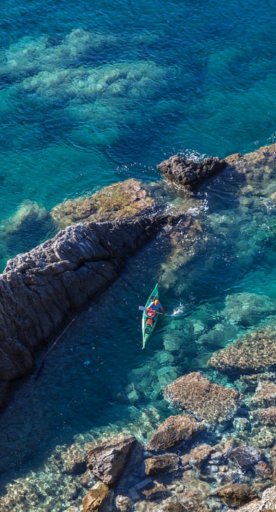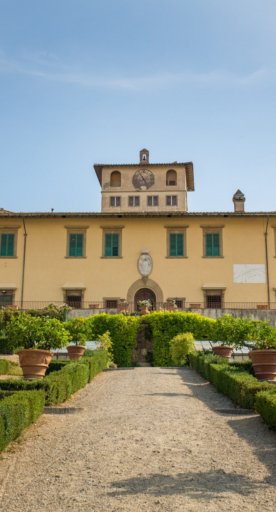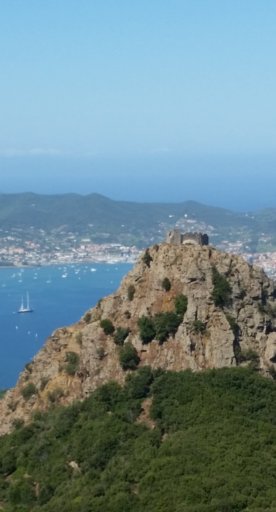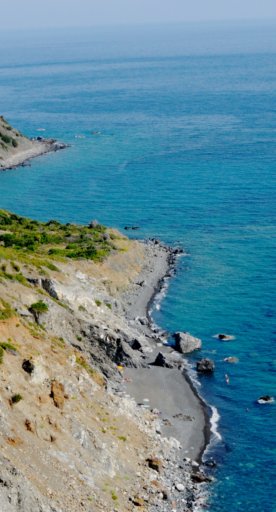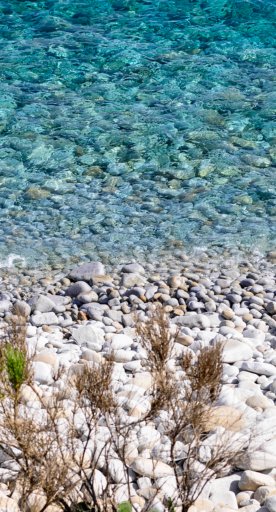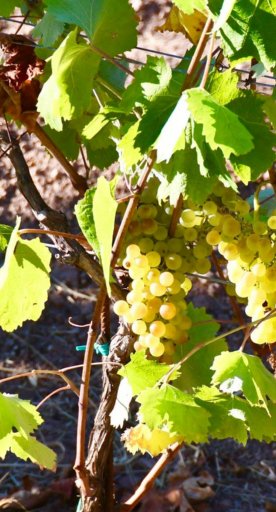What to see in Elba (other than the beach)
Vary your lazy beach days with a few mining museums or historic homes
If you're a history and art buff, Elba is not for you. But if you love crystalline beaches and stunning landscapes, and also want to vary your lazy beach days with a few mining museums or historic homes, Elba is perfect: it's like the Caribbean but with better food, more history, and it's right here in Tuscany! Here's a little history and an itinerary of things to see.
-
1.History of Elba
-
2.Napoleon stuff
-
3.Fortresses and ruins
-
4.Mines and Fish
History of Elba
Basically, the island is very rich in iron deposits, and was used as a mine from Etruscan times onward. The principal port city is in fact called Portoferraio, in which is buried the word ferro, or iron. A Ligurian population lived on the island during the iron age (lucky for them, their island had the most fashionable metal…), then the Etruscans, then the Romans who liked going there for vacations in splendid villas. It passed through various hands during the Medieval and Renaissance periods. Interestingly, the Medici changed the mining system from tunnel to open air. Since the second world war, the island’s economy has moved increasingly towards dependence on tourism. Elba may be best known for the fact that Napoleon was in exile there from May 3 1814 to February 26 1815.
This had an impact on the constructed landscape of Portoferraio, which already was dominated by its Cinquecento fortifications – including a Medicean bastion upon which you can walk, built by Bernardo Buontalenti in 1558 – and late 18th-century structures ordered by Grand Duke Pietro Leopoldo. [by Alexandra Korey]
Napoleon stuff
Portoferraio: Villa dei Mulini di Napoleone
This was the emperor's public residence and certainly the most important Napoleonic site in Elba. Following the defeat of the French army in Leipzig and the subsequent Treaty of Fontainebleau, Napoleon, now in enemy hands, was forced to abdicate April 4, 1814. The former emperor arrived at Portoferraio on the evening of May 3, 1814 aboard the English frigate Undaunted.
He devoted himself at once to establish an efficient organization on the island, based on the same formulas and techniques bureaucratic empire. The villa dei Mulini was purchased and adapted for use by Napoleon by architect Paolo Bargigli, who demolished some windmills in order to make a lovely Italian garden, and built the always-essential ballroom on the ground floor. A few months later, Napoleon, who had personally followed not only the architectural design but also the choice of decorations and furnishings, settled in the small palace, completely decorated by Vincenzo Antonio Revelli, the court painter of Elba.


Villa di San Martino
The emperor’s more private residence is in the greener area outside of Portoferraio and near San Martino. Like most rich people of the past, he had to have a summer home to pass the warm months in the shade. He went less wild on the decorations of this villa, choosing to decorate only a few symbolic rooms.
Fortresses and ruins

There is a Medici Fortress at Portoferraio. The walls enclose the historical center of Portoferraio and back in the day guaranteed the safety of navigants in the Tyrrhenian Sea. The main strongholds in the fortification system are the Stella and Falcone forts (built on higher grounds and dominating the town) and the octagonal Tower della Linguella, at the entrance of the harbor.
Roman Ruins: There are two important ruins on Elba: Villa Romana alle Grotte and Villa Romana di Capo Castello. Both date to the first century BC. Villa alle Grotte developed on various levels going down to the sea. It had a dock and extensive baths; now the structure, some mosaics, and walls are visible.
Mines and Fish

Mineral Park and Museum
The Mineral museum and park might appeal to anyone passionate about rocks. Other than examples of interesting minerals themselves, there are old photos, tools, and dioramas representing the mining activity on Elba over time.
As for fish, the kind you can see, not eat, children will like the Acquarium of Elba (Marina di Campo) – especially on a rainy day.
Mines: there are mines at Rio Marina, Calamita, and Ginevro – variously visible and visitable.


